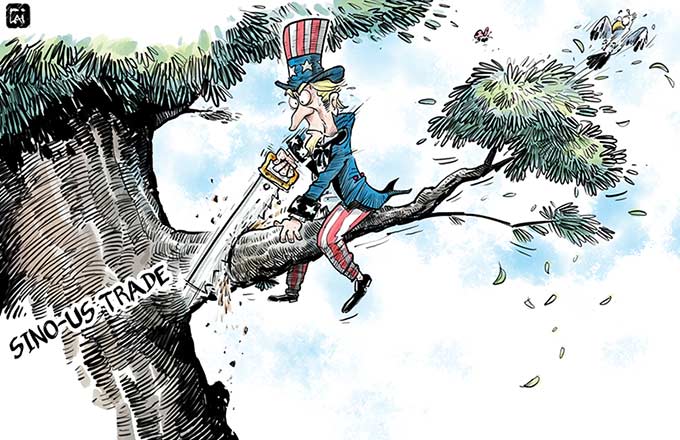Ban on smoking in public places includes trains
 |
|
An attendant serves a passenger on a high-speed train at Hohhot East Train Station in the Inner Mongolia autonomous region on Thursday morning. WU YUNSHENG/CHINA DAILY |
This is the first case in China related to the smoking ban in public places and it is a good example of how people can use the law to protect themselves from the harm of secondhand smoke.
China prohibited smoking in public places in 2006. But the ban is not effectively enforced to prevent people from smoking in public places.
Smoking is banned on all high-speed trains. But on older trains the smoking areas between carriages still exist. Each is equipped with two ashtrays, and few smokers have any scruples about puffing away despite it being illegal and in a confined space with those who don't smoke. And few train conductors take the initiative to stop people smoking in these areas.
China has more than 326 million smokers, each of whom consumes 15 cigarettes a day on average.
The old smoking areas in the ordinary passenger trains confine illegal smokers to specific points on the train with the result that the tobacco smoke soon permeates the whole carriage.
Hopefully, the case can urge the railway authorities to match their words with deeds. The smoking areas on these trains must be abolished, and the conductors on ordinary passenger trains are obliged to stop passengers smoking on the trains, just as their counterparts on high-speed trains do.


















